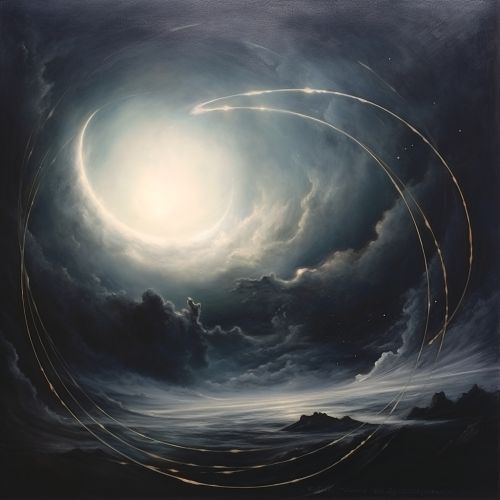Tidal Forces and Their Effects on Planetary Bodies
Introduction
Tidal forces are a type of differential force that occur when the gravitational pull exerted by one body on another is not uniform across its extent. This is most commonly observed in the interaction between celestial bodies, such as the Earth and the Moon, or a planet and its satellite. The effects of tidal forces can be seen in various phenomena, including the tides in Earth's oceans, the geological activity of certain moons in our Solar System, and even the potential for tidal disruption of celestial bodies.


Understanding Tidal Forces
Tidal forces are a result of the gravitational interaction between two or more celestial bodies. The gravitational force exerted by a body decreases with distance. Therefore, in a system of two bodies, the part of one body that is closer to the other experiences a stronger gravitational pull than the part that is farther away. This difference in gravitational pull across the extent of a body is what gives rise to tidal forces.
The term "tidal force" is derived from its most observable effect on Earth - the tides of the oceans. The gravitational pull of the Moon and the Sun on Earth's oceans causes the water to bulge out in the direction of these celestial bodies, creating high tides. On the opposite side of the Earth, away from these bodies, the inertia of the water causes it to bulge out, creating another high tide. The areas in between these bulges experience low tides.
Effects of Tidal Forces
On Planetary Bodies
Tidal forces have significant effects on planetary bodies. These effects can be observed in various forms, such as tidal heating, tidal locking, and tidal disruption.
Tidal Heating
Tidal heating is a process where the gravitational interaction between a planet and its moon or moons generates heat within the moon. This is most notably observed in Jupiter's moon Io, which is the most volcanically active body in the Solar System. The immense gravitational pull of Jupiter, combined with the gravitational influence of its other large moons, subjects Io to significant tidal forces. These forces cause Io's shape to oscillate, generating heat through friction in its interior. This heat is then released through volcanic activity.
Tidal Locking
Tidal locking is a phenomenon where the gravitational interaction between two bodies causes one of the bodies to become synchronised in its rotation. This results in one face of the body always facing the other. The most familiar example of tidal locking is the Moon's rotation around the Earth. The Moon takes the same amount of time to rotate on its axis as it does to orbit the Earth, resulting in the same face of the Moon always facing the Earth.
Tidal Disruption
Tidal disruption is an extreme effect of tidal forces, where a celestial body gets close enough to a massive body that the tidal forces it experiences exceed its own gravitational self-attraction. This can result in the body being torn apart. An example of this can be seen in the case of a star that gets too close to a black hole. The gravitational pull of the black hole on the side of the star that is closer to it is so much stronger than on the other side that the star can be torn apart, in what is known as a tidal disruption event.
On Earth
On Earth, the most observable effect of tidal forces is the tides in the oceans. However, tidal forces also have other effects on our planet. These include Earth tides, which are deformations of the solid Earth due to the gravitational interaction with the Moon and the Sun, and Tidal friction, which is the energy loss in the Earth-Moon system due to the action of tides.
Conclusion
Tidal forces play a significant role in shaping the dynamics of celestial bodies. From causing the tides on Earth to influencing the geological activity of moons and even tearing apart stars that venture too close to black holes, the effects of tidal forces are diverse and far-reaching. Understanding these forces not only provides insights into the workings of our own planet but also sheds light on the complex interactions that shape the universe.
